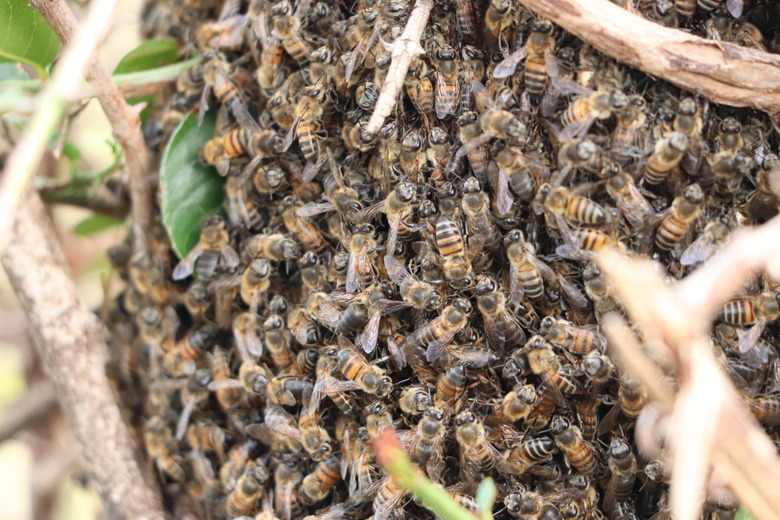What Are The Causes Of Honeybee Extinction?
Honeybees are vanishing at an alarming rate. Between 2006 and 2009 over thirty30 percent of the commercial honeybee population died off. This drastic devastation of the bee population is taking place all over the world as more and more hives are disappearing. The cause of this loss is called colony collapse disorder, or CCD.
Colony Collapse Disorder
Colony Collapse Disorder
Colony collapse disorder is the affliction that is causing massive losses in the world's honeybee population. It has spread like wildfire throughout the U.S. and Europe in recent years, leaving virtually no country with honeybee populations unaffected. In 2007 Poland reported that 40 percent of its bee population had perished during the winter. This was by far not the only country affected, as many other European countries, including Italy and Portugal, also reported heavy honeybee losses.
Symptoms
Symptoms
Scientist studying hives lost due to CCD found that the bees inside suffered not from one single affliction or virus, but multiple ones. Researchers from the University of Illinois and the U.S. Department of Agriculture also found that bees affected by CCD had much larger quantities of fragmented ribosomal RNA and that CCD bees also carried several picorna-like viruses, which attack the RNA. The theory is that the virus injects itself and mutates the bee's ribosome to produce viral proteins instead of healthy ones. This overloads the bee's system, leaving the bee vulnerable. This is similar to the HIV virus destroying the immunity system in a human, leaving him vulnerable to viruses like pneumonia.
Causes
Causes
Researchers have not been able to find one single cause for CCD, but there are several theories. One theory suggested by May Berenbaum of the University of Illinois is that honeybee trade deregulations in 2005 allowed asymptomatic picornavirus carriers — those that can spread a virus but never suffer from it — into the United States, spreading the infection. Increase in global trade at this time also may have spread multiple infections the world over. Other theories have looked at the varroa mite as being the cause of CCD, or the ill effects of pesticides used in nearby crops. The current popular thought among researchers is that CCD does not result from a single cause or virus, but rather is triggered by combinations of stresses.
Repercussions
Repercussions
The loss of the honeybee will result in far more than the loss of honey for human consumption. The honey that humans consume is only a side effect of the honeybee carrying out its far more important purpose: pollination. One third of all food crops rely on insect pollination. Professor Joergen Tautz from Wurzburg University states that there are over 130,000 plants that rely on pollination; many of them are important fodder for animals. The loss of those plants will directly affect the animals that feed on them, which will continue to move up the food chain. The loss of the honeybee will have far reaching effects, the lengths of which are still unseen.
References
- Energy Bulletin; Honeybees Are Still Dying; Dave Cohen; March 2010
- PopSci; New Insight into Cause of Honeybee Colony Collapse Disorder; Taylor Newman; August 2009
- SFGate; Beekeepers Struggle With Decline in Hives; Adrian Higgins; March 2010
- The Telegraph; Honey bees in US facing extinction; Michael Leidig; March 2007
Cite This Article
MLA
Rubino, C.A.. "What Are The Causes Of Honeybee Extinction?" sciencing.com, https://www.sciencing.com/causes-honeybee-extinction-8153395/. 22 November 2019.
APA
Rubino, C.A.. (2019, November 22). What Are The Causes Of Honeybee Extinction?. sciencing.com. Retrieved from https://www.sciencing.com/causes-honeybee-extinction-8153395/
Chicago
Rubino, C.A.. What Are The Causes Of Honeybee Extinction? last modified March 24, 2022. https://www.sciencing.com/causes-honeybee-extinction-8153395/
